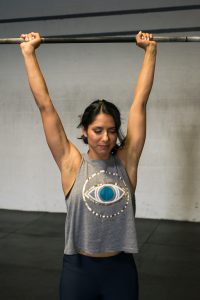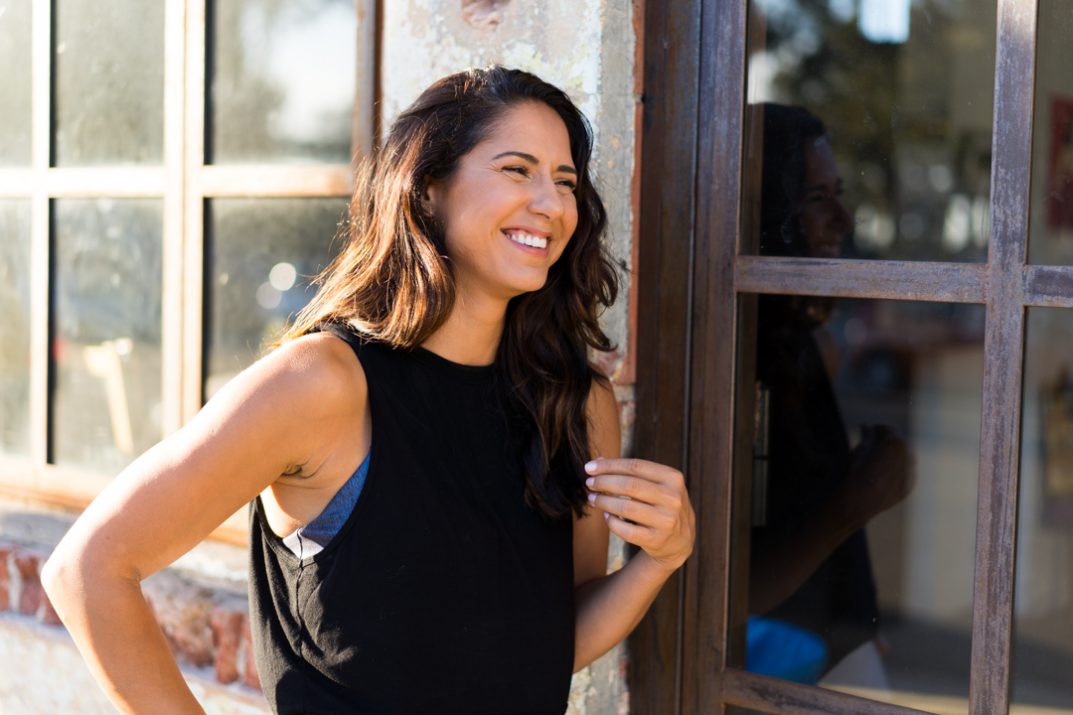If you had told me five years ago that Pilates would make me a stronger lifter I would have laughed in your face. Lifting weights is hard enough. How could an exercise method popularized by housewives and celebrities benefit my inner meathead?
As it turns out, Pilates is one of the toughest exercise methods I’ve ever put my body through because unlike strength training, Pilates engages the muscles you don’t typically see or train in the gym. It requires a lot more concentration than you could ever imagine and it’s the perfect complement to my meatheaded tendencies.
Little Muscles Need Love, Too
Whether you train for performance or aesethics, the stabilizers rarely get the love they deserve in a weight lifting session. Sure, we learn how to brace our abdominals before a heavy squat or how to pack our shoulders before a Turkish Get-up, but once that’s done we just focus on the lift. That’s what makes Pilates so valuable for weight lifters. The very muscles we neglect in the gym are those we train the most on the mat.
Instead of training to failure, Pilates demands that you slow down and move with precision and control. Instead of holding your breath to create abdominal pressure and letting out a heavy grunt after, breathing is central to every Pilates-based exercise. You’ll work the smallest muscles in your feet, your back, and arms, while concentrating on the movements of the pelvis, hip, and shoulder joints, and maximizing your breath and range of motion.
What Is Pilates?
Pilates is a form of exercise that challenges the entire system through a series of bodyweight exercises. The mat exercises developed by Joseph Pilates went on to form the foundation of what is known as “Classical Pilates.” Joseph then created various pieces of equipment – the Reformer, Caddiliac, Chair, and Barrel – that uses a system of pulleys and springs to challenge your range of motion in each exercise.
In its purest form, Pilates is the exercise method for the entire body, able to reduce injury, improve performance, and develop strength in the most neglected but vital parts of the body.
Are exercises all about the core?
In many ways, yes it is but not in the way you might think. In Pilates phlisophy, the “core” is considered the Powerhouse of all movement. I often remind clients to imagine their legs are connected to the top of the stomach when they move because it takes them out of their default zone, the hip flexors, and into their belly.
For example, in an exercise like Leg Lowering most people will lift and lower their legs from their hips, oftentimes even “hanging” off the hip flexors in an attempt to get full range of motion. Not only is this incredibly unhelpful in developing core strength, but it actually makes the exercise completely useless. The goal of moving from the Powerhouse in an exercise like Leg Lowering is to develop the deep core muscles of the body, release the hip joints, anchor the pelvis, and work within one’s true ROM.
How will developing a strong core benefit my weight training?
The essence of Pilates exercise is not to give you “six-pack abs” but to help you establish a strong core for the purpose of moving, lifting, and transferring force and power through it.
 From a weight training perspective, the “core” is where the power comes from in every lift. It takes the pressure off the low back in your deadlift and squat, it helps you to better stabalize the arms overhead in a press, and it neutralizes the spine, ribcage, and pelvis so that you’re maximizing the lift without compromising the joints.
From a weight training perspective, the “core” is where the power comes from in every lift. It takes the pressure off the low back in your deadlift and squat, it helps you to better stabalize the arms overhead in a press, and it neutralizes the spine, ribcage, and pelvis so that you’re maximizing the lift without compromising the joints.
Does Pilates help with mobility?
Hell yes it does!
The fluid, controlled nature of Pilates is ideal for those that aim to improve mobility everywhere.
Those that suffer from hip, back, or shoulder pain often start a Pilates practice as a form of relief because it improves joint mobility and flexibility while correcting the very things that may be hindering their mobility to begin with, such as poor posture or improper breathing.
What types of exercises should I incorporate?
First and foremost, learning Pilates is a skill. It requires patience, practice, consistency, and a reputable coach that truly understands the intricate details of Pilates, not just how to execute the exercise.
I recommend finding a trainer or private studio that will teach you classical Pilates in a one-on-one or small group setting (maximum of eight people). In recent years, various discounted Pilates studios have cropped up that cater to 14-18 people at a time! Not only is this incredibly unsafe, but studios like this tend to create workouts for the sole purpose of making you feel sweaty and challenged, but not much else. This is the equivalent of a personal trainer giving you a hard workout that leaves you in a pool of sweat and tears, but lacks purpose, intention, or the skills to meet your goals.
Lifting weights will improve your performance, muscle development, and make you strong as hell, but even weight training has its limits. Pilates develops the big lifts you love in a more subtle, gentler way, without interfering with your training.


